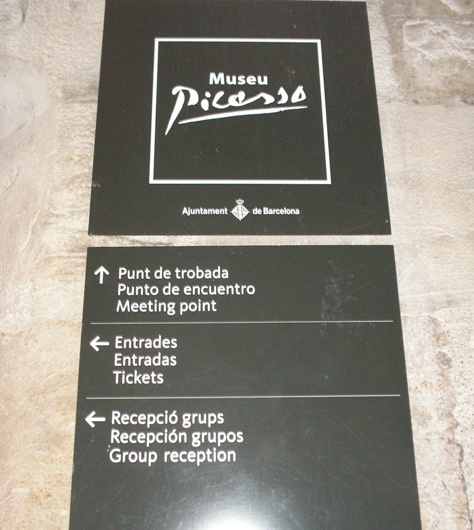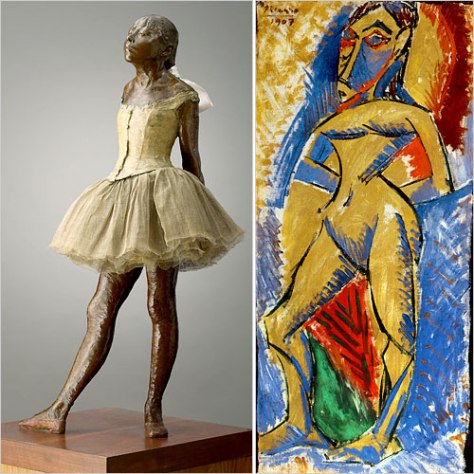
Masters of Innovative Play
Picasso and his artist friends weren’t interested in just copying the work of Degas. That would have been easy enough, given the circumstances—he lived nearby and his work was accessible to them. Immersed in the artistic world of Paris at that time, they could easily have copied any of their peers’ work, as I’m sure many did. Instead, they wanted to understand and learn from Degas’s work and, thus, enhance their own work. They wanted to be great artists, not just good artists. So they took copying to a new extreme and created a role-playing game called Playing Degas.
Playing Degas was essentially an improv game in which an artist took on the role of Degas and attempted to verbally slaughter the others. In their attempt to steal from Degas, they engaged in a personification of his character to get at his underlying motives and intents. About this, Degas said, “They shoot us, [then] dig through our pockets.” Don’t worry. Degas meant his comment in a good way. He obviously had some understanding of innovation as well and admired the work of Picasso and his friends. Though this game may seem childish, it was a fantastic way of deriving a truly grounded and inspired interpretation of Degas’s work.
Clearly, Picasso not only greatly admired, but innovatively enhanced Degas’s ideas regarding style, medium, and subject matter, as you can see when looking at the works in Figure 2.

Yes, Picasso stole from Degas, but his work is far from a wholesale or even a mocking copy of Degas, as some have called his work. Picasso took things to a whole new level, creating the new school of art we know as Cubism. Picasso and his friends wanted to push the boundaries, making their own innovations in art. The important thing they realized was that to do so, they would have to take an active and empathetic role that would enable them to understand the art, the artists, and the consumers of art around them. Without Picasso’s having this realization, there may not have been Picasso as we know him.
Innovation Today
Many arguments in today’s user experience design world center around the concept of the lone genius versus a user-centered approach to design and which leads to more innovative designs. These arguments resemble those about whether Picasso actually stole from Degas, the stimulus of games like Playing Degas spurred Picasso’s innovations in art, or it was simply his genius that enabled him to innovate.
Many cite Apple as the ultimate example of how the lone genius is the true master of innovation and believe user-centered design isn’t the creative way to go. A recent Fast Company article, “User-Led Innovation Can’t Create Breakthroughs: Just Ask Apple and Ikea,” represents one example of this viewpoint. The authors, Jens Martin Skibsted and Rasmus Bech Hansen, base their arguments on stories about Apple and Ikea specifically and make the case that user-led design can’t be innovative. In fact, their article argues that user-led design can even be harmful to the creative process. They say user insights can’t predict future demand; user-centered design processes stifle creativity; too much focus on users makes you miss opportunities to innovate; and finally, that user-centered processes lead to sameness. But they’ve got it all wrong.
It’s true that companies like Apple do not always do what many of us would consider to be traditional, user-centered research and design or even focus groups. But this doesn’t mean they don’t care about users and try to gain some empathetic understanding of their needs—or that such understanding doesn’t influence what they create. What we, as UX professionals, need to realize is that it is how you approach design that makes the difference. Like Picasso, maybe we could all benefit from a little innovative play, especially if it meant getting close to users. In essence, such play is about discovering the empathetic understanding that can drive truly innovative ideas.
